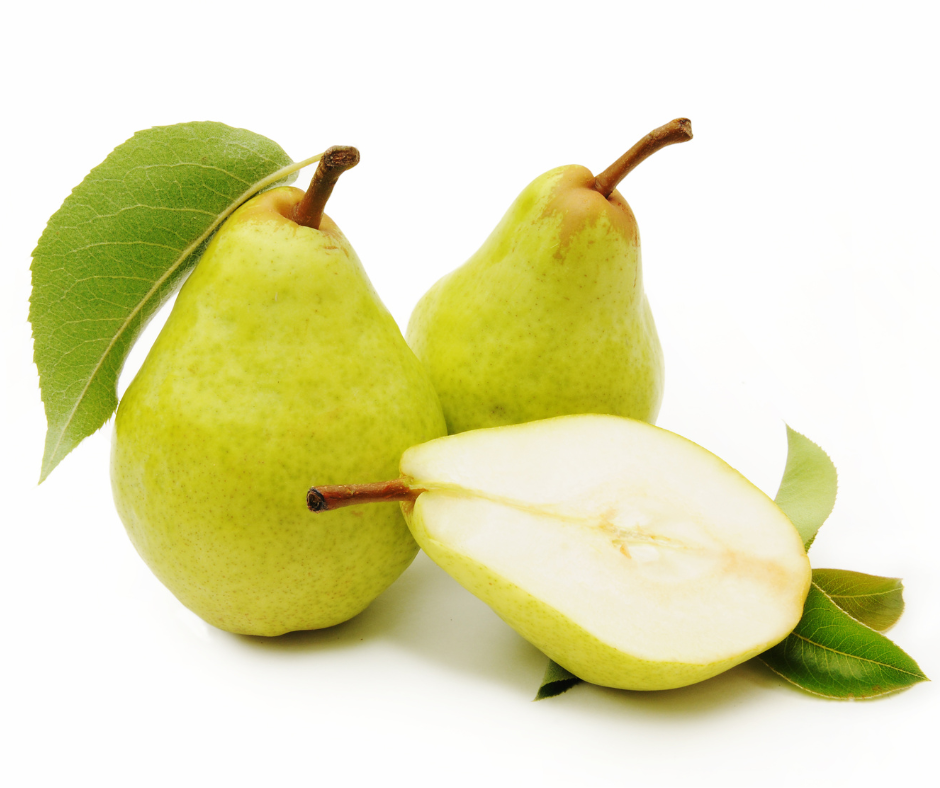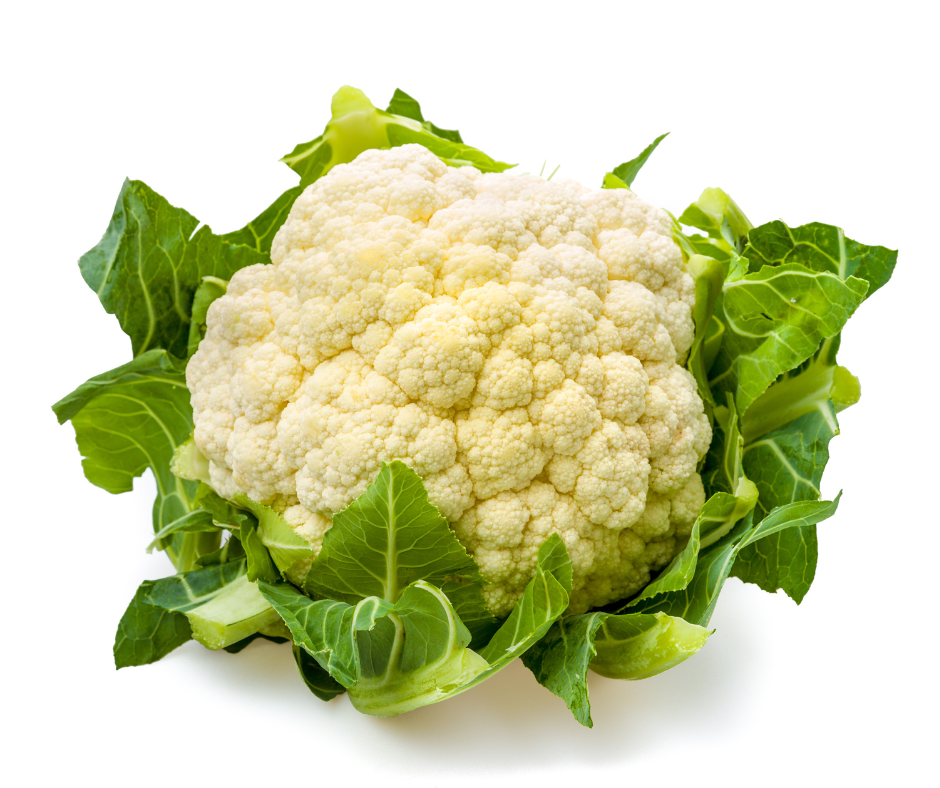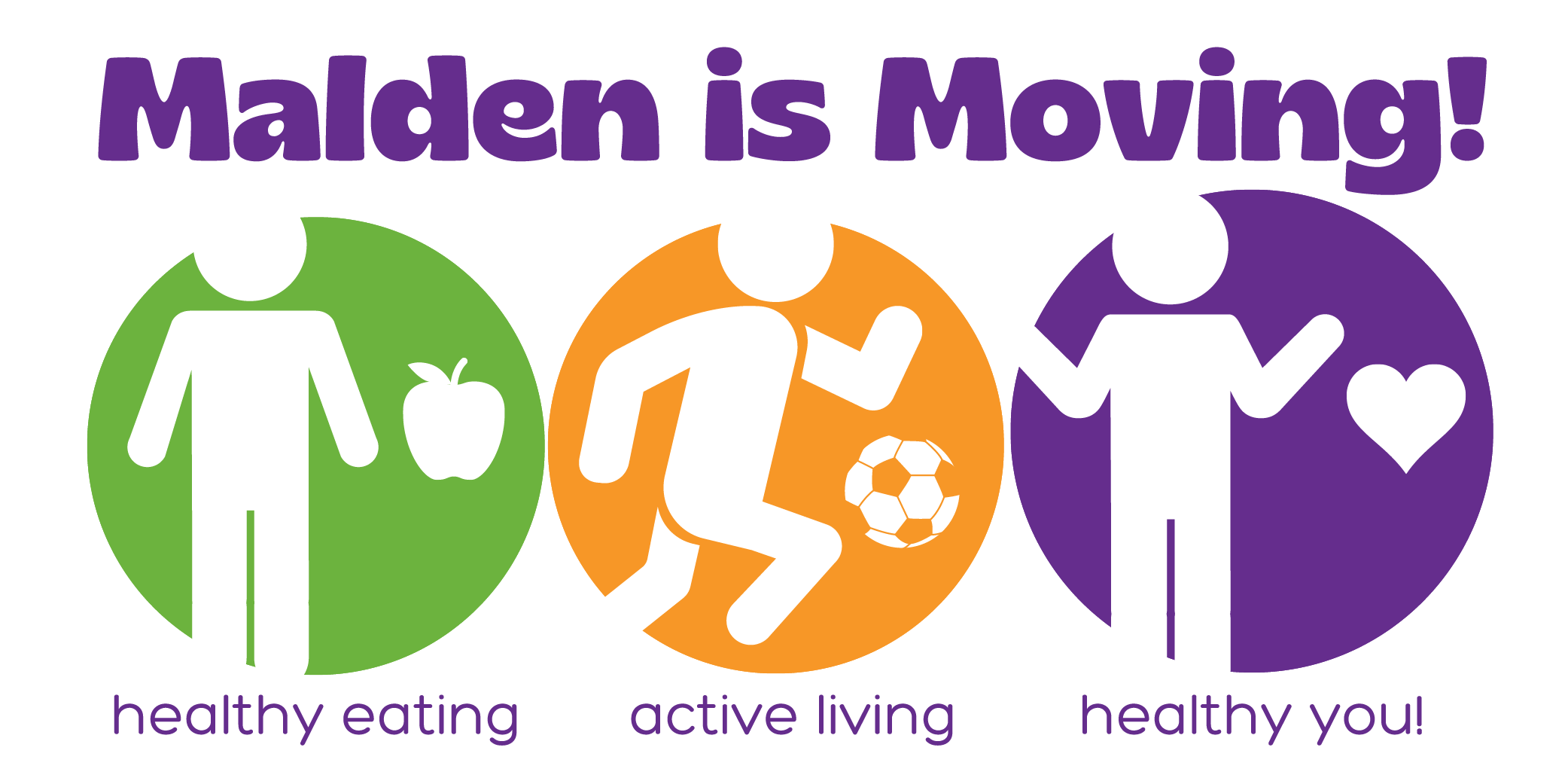Healthful Eating Tips
Put up a Good Defense!
Immunity Boosting Vitamins and Minerals

Make Sure to Get Enough of These Immunity Boosting Vitamins & Minerals
Vitamin A
Vitamin A helps to keep skin and tissues of the mouth, stomach, intestines, and the respiratory tract healthy, which in turn helps protect us from infections.
How to get it? Carrots, bell peppers, sweet potatoes/yams, apricots, mango, and fortified low-fat milk
Vitamin C

Vitamin C is known to stimulate antibody production which is your body’s natural defense mechanism. It also aids in the production of white blood cells, another defense your body uses to fight illnesses and disease.
How to get it? Tomatoes, strawberries, lemons, oranges, grapefruit and bell peppers

Vitamin D
Vitamin D helps to regulate certain proteins that have antimicrobial properties. These proteins can directly kill pathogens thus helping us to not get infected with some common illnesses.
How to get it? Fortified low-fat milk, salmon and other fatty fish, egg yolks and ready to eat fortified breakfast cereals.

Iron
Iron is a necessary nutrient for the growth and functioning of many different types of immune cells such as lymphocytes.
How to get it? Beans & lentils, red meat, nuts, whole grains, and fortified ready to eat breakfast cereals.
Zinc
 The mineral zinc is essential along with Vitamins A & C, and protein for wound and skin healing which again helps to prevent infections in our bodies if we have a strong barrier (healthy skin). Zinc also helps to support our immune response in general, and further helps to protect our immune system by acting as an antioxidant as well.
The mineral zinc is essential along with Vitamins A & C, and protein for wound and skin healing which again helps to prevent infections in our bodies if we have a strong barrier (healthy skin). Zinc also helps to support our immune response in general, and further helps to protect our immune system by acting as an antioxidant as well.
How to get it? Red meat, oysters, whole grains, low-fat dairy, beans & lentils, nuts, and seeds.
Make Sure To Try these Tasty 5 fruits & Veggies This Season!
What is the difference between Healthy and Healthful?
Healthy versus Healthful: The problem is that some people insist that you can’t say your salad is healthy; you have to say it’s healthful because only healthful can mean “conducive to good health.” The thinking is that only a living thing can be healthy—if we’re in good health, you and I can describe ourselves as healthy. Healthy is a personal characteristic, but things that are dead, things we consume, aren’t healthy anymore. If they’re good for us, they’re healthful.
This word pair, healthful and healthy, has been causing debate for over a century. The question is whether these adjectives can both be used to mean conducive to good health. This is what gets some word mavens’ blood boiling. Healthy, they say, cannot be used to mean conducive to good health. But according to the Oxford English Dictionary, healthy has been a synonym for healthful since its earliest appearance in print… in 1552.
So it’s OK to use healthy and healthful as synonyms for conducive to good health: have a healthy snack or a healthful one. But if you’re referring to someone who enjoys good health, however, use healthy because it’d be weird to call a person healthful. Save healthful for the granola and healthy for your personal trainer.
Check Out These 7 Tips To Help you Stay Healthy!
Eating right doesn’t have to be complicated. Before you eat, think about what goes on your plate or in your bowl. Choose foods that provide the nutrients you need without too many calories. Build your healthy plate with foods like vegetables, fruits, whole grains, low-fat dairy and lean protein foods. Try the eating right tips in the boxes below!
Make half your plate fruits and vegetables!
Make at least half your grains whole
Switch to fat-free or low-fat milk, yogurt and cheese
Vary your protein choices
Cut back on sodium and empty calories from solid fats and added sugars
Look out for salt (sodium) in foods you buy. Compare sodium in foods and choose those with lower numbers. Add spices or herbs to season food without adding salt. Make major sources of saturated fats such as desserts, pizza, cheese, sausages and hot dogs occasional choices, not everyday foods. Switch from solid fats to oils when preparing food. Drink water instead of sugary drinks. Select fruit for dessert. Eat sugary desserts less often.
Enjoy your food but eat less
Cook more often at home, where you are in control of what’s in your food.
When eating out, choose lower calorie menu options. Choose dishes that include begetables, fruits and whole grains. When portions are large, share a meal or take half home for later.
Write down what you eat to keep track of how much you eat.
Be physically active your way
If you are currently inactive, start with a few minutes of activity such as walking. Gradually increase the minutes as you become stronger.
Consult a registered dietitian nutritionist if you have special dietary needs















